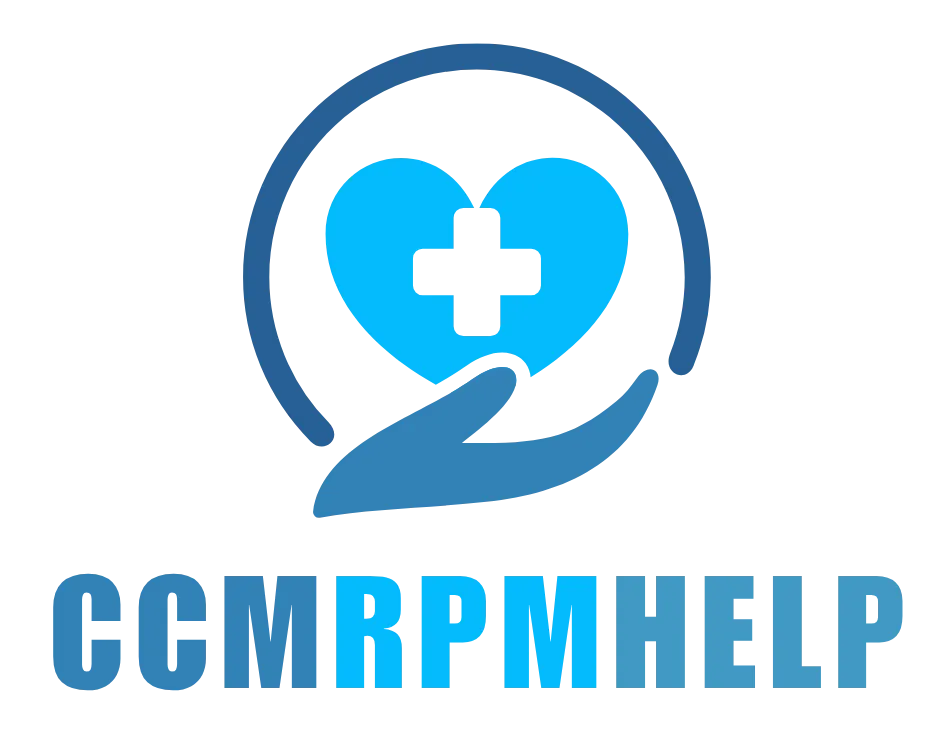Turnkey CCM & RPM Programs
for Better Patient Care
and New Revenue
We help practices and health systems implement and manage
Medicare-compliant care coordination programs.
Remote Patient Monitoring (RPM)
Home / Remote Patient Monitoring
What is RPM?
Remote Patient Monitoring (RPM) is a technology-driven program that allows healthcare providers to track patients’ vital signs and health data between office visits—without requiring in-person appointments. Using connected devices like blood pressure cuffs, glucose monitors, pulse oximeters, and scales, patient data is securely transmitted to care teams who can review trends, intervene early, and personalize care in real time.
RPM was developed by CMS to close gaps in care for patients with chronic conditions and to help healthcare organizations move toward proactive, preventive, and data-informed care. By combining clinical insight with real-time technology, RPM improves patient outcomes while creating a steady stream of billable services for providers.
How RPM Works
Patient Enrollment – Eligible patients are identified and enrolled in the program with their consent.
Device Setup – Patients receive easy-to-use, Bluetooth-enabled devices to measure key health metrics at home.
Data Transmission – Device readings automatically transmit to a secure dashboard where the care team can review and monitor results.
Clinical Oversight – Clinical staff review patient data, document findings, and engage with patients as needed to manage their conditions and escalate care when necessary.
Billing & Reporting – Practices bill for time spent reviewing and managing patient data, following CMS’s RPM billing codes and guidelines.
Benefits for Patients
Better Health Outcomes: Continuous monitoring leads to early detection of potential issues and faster interventions.
Increased Engagement: Patients feel supported and connected to their care team between visits.
Convenience: Readings can be taken from home, minimizing the need for unnecessary office visits.
Confidence in Care: Regular feedback and communication improve patient trust and adherence to treatment plans.
Benefits for Practices
New Revenue Stream: RPM generates recurring, reimbursable income for time spent monitoring and managing patients.
Improved Efficiency: Automating data collection reduces the administrative burden on staff and providers.
Better Outcomes, Higher Ratings: Improved clinical outcomes can enhance quality scores, patient retention, and overall reputation.
Scalable Growth: RPM programs can be managed by trained clinical staff and scaled across multiple providers or locations.
Compliance and Reporting: Structured RPM documentation ensures compliance with CMS requirements and audit readiness.
Our Role
At CCMRPM Help, we assist healthcare organizations in launching and optimizing RPM programs that are compliant, scalable, and profitable. From selecting the right devices and setting up workflows to training your team and managing reporting, we make the process simple and sustainable—so you can focus on delivering better care while maximizing your return.
HIPAA-compliant | © 2025 CCMRPMHELP.com


